Introduction
-
Briefly explain Tkinter as a GUI toolkit for Python.
-
Introduce the project: A countdown timer with start, pause, and reset functionality.
Setting Up Tkinter
Mention that Tkinter comes pre-installed with Python, so no extra installation is needed.
The Code
from tkinter import *import timedef start_timer():global running, time_leftif not running:running = Truecountdown()def pause_timer():global runningrunning = Falsedef reset_timer():global running, time_leftrunning = Falsetime_left = int(e1.get()) if e1.get().isdigit() else 0l2.config(text=f"Time Left: {time_left}s")def countdown():global time_leftif running and time_left > 0:time_left -= 1l2.config(text=f"Time Left: {time_left}s")b.after(1000, countdown)# Main Windowb = Tk()b.title("Simple Timer")b.geometry("300x200")running = False# Input Field for Timel1 = Label(b, text="Enter Time (seconds):")l1.pack()e1 = Entry(b)e1.pack()time_left = 0# Timer Displayl2 = Label(b, text=f"Time Left: {time_left}s", font=("Arial", 14))l2.pack()# Buttonsb1 = Button(b, text="Start", command=start_timer)b1.pack()b2 = Button(b, text="Pause", command=pause_timer)b2.pack()b3 = Button(b, text="Reset", command=reset_timer)b3.pack()b.mainloop()from tkinter import * import time def start_timer(): global running, time_left if not running: running = True countdown() def pause_timer(): global running running = False def reset_timer(): global running, time_left running = False time_left = int(e1.get()) if e1.get().isdigit() else 0 l2.config(text=f"Time Left: {time_left}s") def countdown(): global time_left if running and time_left > 0: time_left -= 1 l2.config(text=f"Time Left: {time_left}s") b.after(1000, countdown) # Main Window b = Tk() b.title("Simple Timer") b.geometry("300x200") running = False # Input Field for Time l1 = Label(b, text="Enter Time (seconds):") l1.pack() e1 = Entry(b) e1.pack() time_left = 0 # Timer Display l2 = Label(b, text=f"Time Left: {time_left}s", font=("Arial", 14)) l2.pack() # Buttons b1 = Button(b, text="Start", command=start_timer) b1.pack() b2 = Button(b, text="Pause", command=pause_timer) b2.pack() b3 = Button(b, text="Reset", command=reset_timer) b3.pack() b.mainloop()from tkinter import * import time def start_timer(): global running, time_left if not running: running = True countdown() def pause_timer(): global running running = False def reset_timer(): global running, time_left running = False time_left = int(e1.get()) if e1.get().isdigit() else 0 l2.config(text=f"Time Left: {time_left}s") def countdown(): global time_left if running and time_left > 0: time_left -= 1 l2.config(text=f"Time Left: {time_left}s") b.after(1000, countdown) # Main Window b = Tk() b.title("Simple Timer") b.geometry("300x200") running = False # Input Field for Time l1 = Label(b, text="Enter Time (seconds):") l1.pack() e1 = Entry(b) e1.pack() time_left = 0 # Timer Display l2 = Label(b, text=f"Time Left: {time_left}s", font=("Arial", 14)) l2.pack() # Buttons b1 = Button(b, text="Start", command=start_timer) b1.pack() b2 = Button(b, text="Pause", command=pause_timer) b2.pack() b3 = Button(b, text="Reset", command=reset_timer) b3.pack() b.mainloop()
Enter fullscreen mode Exit fullscreen mode
Code Explanation
- Explain each function:
- start_timer(): Starts the countdown.
- pause_timer(): Pauses the countdown.
- reset_timer(): Resets the time to the user’s input.
- countdown(): Decreases the time and updates the label every second.
If you want to know anything about of GUI coding. comment me, follow and subscribe
© 版权声明
THE END
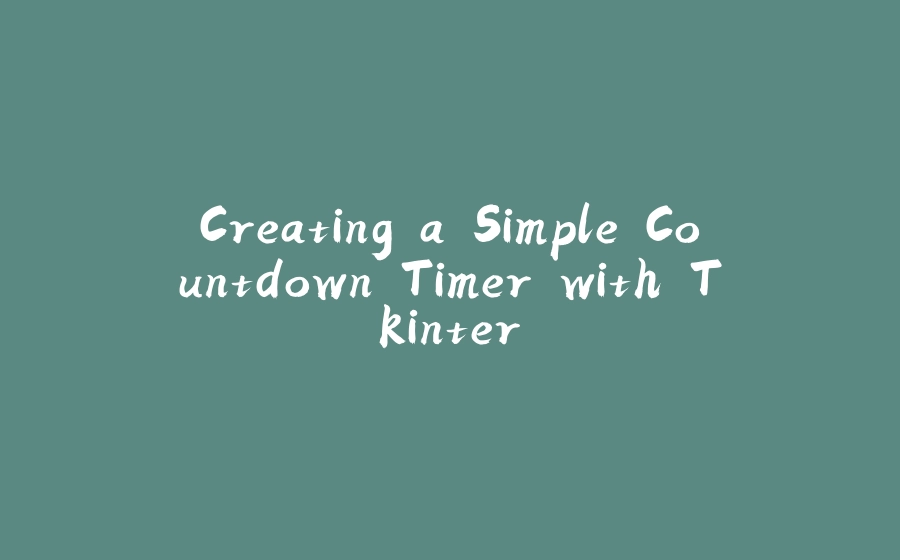





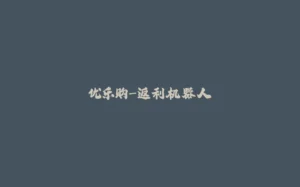
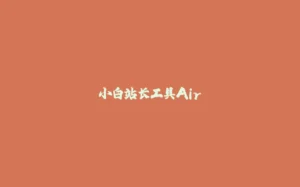
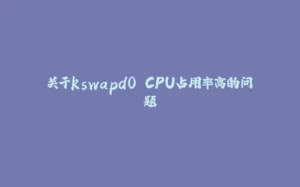
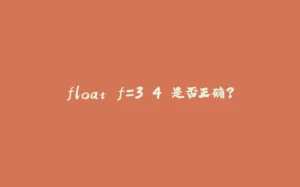


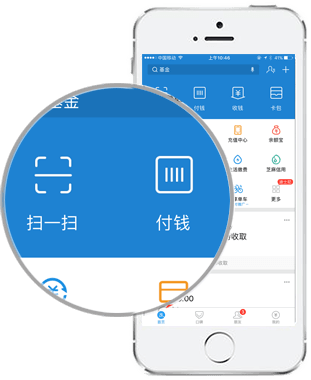

暂无评论内容